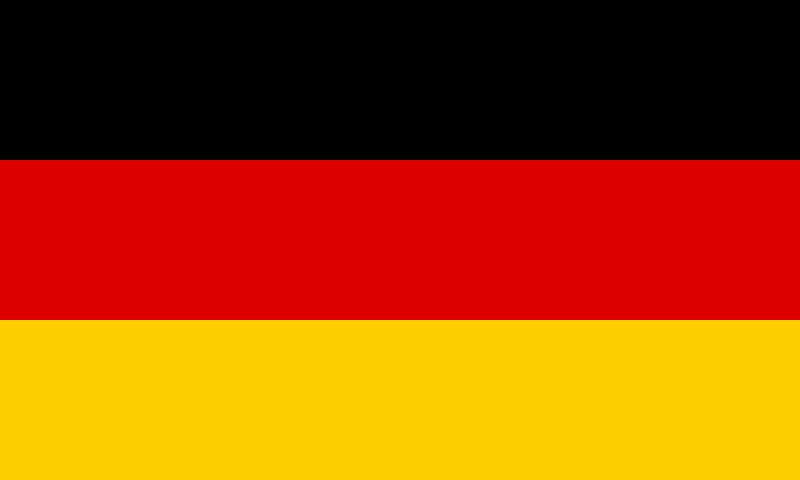share
print
 Search results
Search results
-
The 4 faces of Cividale
Cividale is so steeped in history that the visitor can actually feel it.keyboard_arrow_right
The town has preserved the most important artistic and cultural features of its extremely wealthy past.
A Roman, Longobard, Patriarchal and Veneto city these are the four different faces of Cividale, which visitors can still admire today in an unforgettable journey through time.
Total time: total from around 2 hours and 30 minutes to 4 hours (possible visits to Monastery, to Christian museum and to National Archaeological Museum with entrance fees)
Distance: cc. 3 kilometres
Difficulty: low (the museums are accessible to people of limited mobility)
Start: Piazza Paolo Diacono, 10 (Informacittà counter – Information and tourist centre)
- Corso Mazzini, corso Paolino d’Aquileia, via Monastero Maggiore: Celtic Hypogeum (stairs present)
- Corso Paolino d’Aquileia, Town hall building;
- Piazza del Duomo: National Archaeological Museum;
- Stretta Pozzo di Callisto (stairs present), via Monastero Maggiore: Monastery of Santa Maria in Valle e Longobard Temple,
- via Monastero Maggiore, stretta Cornelio Gallo, via G.B. Candotti (stairs present): Christian Museum and Cathedral Treasure;
- Piazza del Duomo: Duomo e Palazzo de Nordis;
- Largo Boiani, Foro Giulio Cesare, piazza Dante: Arsenale Veneto Porta S.Pietro;
- via Ristori, Piazza Paolo Diacono
There is an alternative to this route without architectural barriers: The four faces of Cividale - without architectural barriers -
The Longobards
Cividale preserves important monumental, artistic and cultural testimony of a Longobard civilization. Here the centres of power were to be found in the Gastaldaga, where the king’s estates were administered, as well as the Complesso Episcopale, the religious centre. Both of these centres, heart of the Longobard Cividale, conserve rich evidence of those times.keyboard_arrow_right
The Gastaldaga area is located in the valley area where the Santa Maria in Valle Monastery rises to which the [Longobard Temple is annexed (the Oratory of Santa Maria in Valle), a unique historic and artistic monument, and, as it seems, steeped in mystery and still a subject of study today.
At the time, the building was lavishly decorated with different types of marble, mosaics on a gold background, and a long line of saints on three sides: the renowned stuccowork has charmed visitors for the past three centuries with their extraordinary beauty.
Extensive evidence of the Longobards is preserved in two museums in the town: the Christian Museum of Cathedral houses brings together highly prestigious sculptures including the celebrated Ratchis altar and the Baptistery of Calixtus. The the Cathedral treasury is worth a visit. It includes a precious collection of sacred archaeological treasures and a picture gallery with important works from Verona and Pordenone.
If Cividale is a crown, one of its most precious jewels is the National Archaeology Museum situated in Provveditori Veneti Palace. It is difficult to describe its contents in just a few words: it includes Roman, early Christian and early Medieval artifacts, as well as more modern items. The Longobard collections should not be missed, a rare testimony of craftsmanship, of day-to-day life, funeral objects of the ancient population. In the basement level there are the remains of the Patriarchal palace.
Total time: in total from about 2 hours and 30 minutes to 4 hours (tours to Monastery, to Christian Museum and to National Archaeology Museum with entry cost)
Distance: circa 1.5 km
Difficulty: low (the museums are accessible also for people with limited mobility)
Starting point: Piazza Paolo Diacono, 10 (Sportello Informacittà – Information and tourist welcome)
- Corso Mazzini
- Piazza del Duomo: Palazzo Provveditori Veneti – now National Archaeology Museum (entry cost and tour)
- exiting from Archaeological Museum, cross the Piazza del Duomo infront of the Cathedral and turn into Corso Paolino d’Aquileia
- just after the corner of the Cathedral turn into via G.B. Candotti (there is a slight gradient) in the direction of the campanile and go to the the entrance of the Christian and Cathedral Treasury Museum (entrance costand tour)
- exiting the Christian Museum go back onto corso Paolino d’Aquileia and follow the road in the direction of Devil's Bridge
- turn into the second street on the left, via Monastero Maggiore and follow that until house number 34, where there is the entrance to the Santa Maria in Valle Monastery (entrance cost and tour)
- exiting the Monastery via the walkway on the Natisone, you reach S. Biagio square;
- Going back tovia Monastero Maggiore and reaching the Stretta Pozzo of Callissto (there are stairs here) from here it is possible to return to the Cathedral Square
There is also an alternative itinerary without architectural barriers:The Longobards - without architectural barriers -
Historical outline
Archaeological finds dating back to Palaeolith and the Iron Age revealed us that the current town had actually been inhabited since prehistory, whereas the Celtic civilization had been for sure developing and prevailing on the former Paleo-Venetians since 4th century b.C.keyboard_arrow_right
In 50 b.C. Julius Caesar established here the forum, from which Forum Iulii, the ancient town name (the root of the current placename Friuli): the town achieved the rank of municipium and became soon one of the most important centres of the region as for commercial and military force.
In 568 a.C. the Longobards came and Cividale won a lead role becoming the capital city of the first Longobard dukedom in Italy, held by Gisulf I, nephew of King Alboin.
Later on, during king Liutprand’s reign, came also Callisto, the Patriarch of Aquileia: the coexistence of both top political and religious figures in the same place at the same time - the duke with the Longobard aristocracy and the Patriarch with all the hierarchy - definitively turned Cividale into a powerful religious and political capital city, as well centre of art and culture.
It stood as Patriarch’s see even after Charlemagne (Charles the Great) succeeded in the Longobards expulsion (774 a.C.). Under rule of the Franks, Cividale, as capital city of the Eastern March of Regnum Italiae, held its political and religious prestigious position: between the late 9th century and the early 10th century it was named Civitas Austriae (i.e. eastern city), from which the current name derives.
In 1077 emperor Henry IV granted the Patriarchate of Aquileia the power of jurisdiction - including duke’s privileges - over the whole Friulan territory, thus ratifying the administrative and territorial self-government of the Friulan Patriarchal State, as well as the role of Cividale as capital city of the Friulan Country.
In the early decades of the 16th century also this city, as all the main Friulan centres, had to surrender to the conquering armies of the Republic of Venice: in 1420 Cividale submitted and was annexed for good to Serenissima’s dominions.
In 1797, by means of the Treaty of Campoformido between Napoleon and Austria, Cividale came under Hapsburg empire rule, and that position, with the exception of a short period being a part of the Napoleonic Kingdom of Italy, was ratified by the Congress of Vienna in 1815. Between 1848 and 1866 it was characterized by a ively Risorgimento movement that brought, after the Third Independence War, to the annexation of Cividale to the Italian Kingdom, together with Veneto and Friuli regions.
More recently, during the First World War the city hosted for a short time the headquarters of the Second Army Corps and it had heavy damages from air raids. After the heavy defeat in Caporetto, it was occupied by the Austrian army. Cividale stands among the Cities that are decorated for Military Valour in the Liberation War, and awarded with Silver Medal for Military Valour in virtue of its citizens’ sacrifice and resistance war actions by Partisans during the Second World War.
Birthplace of important figures of world culture, such as the historian Paolo Diacono, the painter and scene-designer Francesco Chiarottini, the actress Adelaide Ristori and the puppet master Vittorio Podrecca, Cividale’s rich heritage is made of monuments and works of art testifying its historical evolution, as marked and enriched by foreign civilizations.






